Home>Technology>Security & Surveillance>What Is A Thumb Lock For A Door
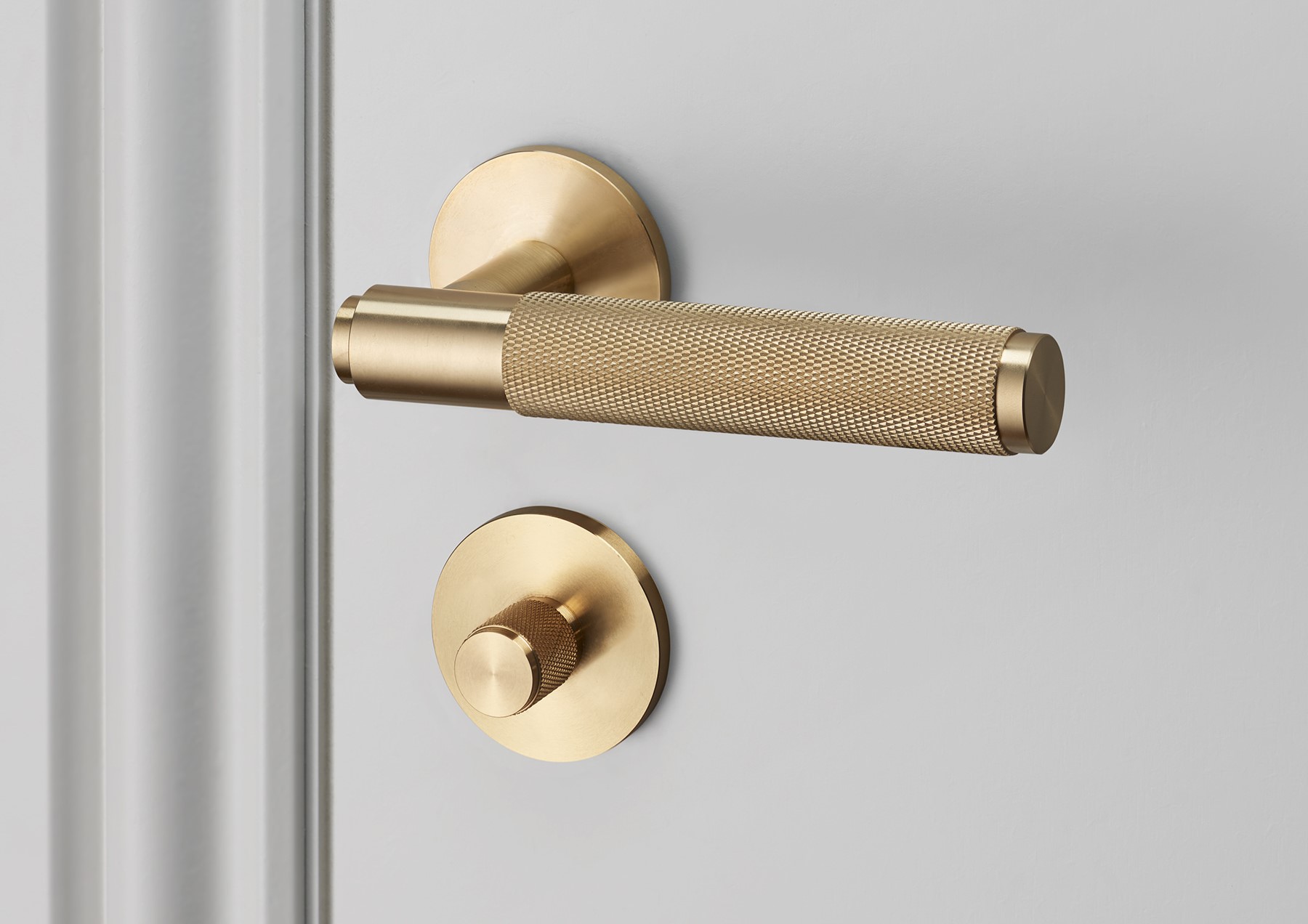

Security & Surveillance
What Is A Thumb Lock For A Door
Published: December 27, 2023
Learn how a thumb lock for a door can enhance your security and surveillance. Discover its benefits and find the right option for your needs. Protect your home with a reliable thumb lock.
(Many of the links in this article redirect to a specific reviewed product. Your purchase of these products through affiliate links helps to generate commission for Storables.com, at no extra cost. Learn more)
Introduction
Welcome to the world of home security, where every small detail plays a crucial role in keeping your loved ones and valuables safe. One such detail that often goes unnoticed is the humble thumb lock. In this article, we’ll delve into the realm of thumb locks for doors, exploring their functionality, types, installation process, and the pros and cons of using them. By the end of this read, you’ll have a comprehensive understanding of thumb locks and how they contribute to bolstering the security of your abode.
Whether you’re a homeowner looking to fortify your residence or simply intrigued by the mechanisms that safeguard your living space, the following exploration of thumb locks will provide valuable insights into this fundamental aspect of home security.
Key Takeaways:
- Thumb locks are simple yet effective door locks that provide convenient and secure interior locking without the need for a key. They offer privacy, ease of use, and compatibility with various door types and designs.
- Understanding the different types of thumb locks, their advantages, and potential limitations can help property owners make informed decisions about integrating these locks into their security strategies. Whether traditional or keyless, thumb locks play a crucial role in enhancing overall security and functionality.
Read more: What Is A Passive Door Lock
What Is a Thumb Lock?
A thumb lock, also known as a thumbturn lock, is a type of door lock that can be operated from the inside by turning a thumb piece without the need for a key. This simple yet effective locking mechanism offers a convenient way to secure a door from the inside, providing privacy and security for the occupants of a room or building.
Thumb locks are commonly found in residential settings, where they are used on bedroom and bathroom doors to ensure privacy. They are also utilized in commercial spaces, such as offices and meeting rooms, where the ability to lock the door from the inside is essential. This type of lock is often paired with a key-operated lock for added security, offering a dual locking system that provides both convenience and protection.
One of the key features of a thumb lock is its ease of use. With a simple twist of the thumbturn, the door can be securely locked without the need for a key. This makes thumb locks particularly suitable for interior doors where quick and easy access is desired, while still maintaining a level of privacy and security.
Thumb locks come in various designs and finishes to complement different door styles and interior aesthetics. From traditional brass thumbturns to modern stainless steel designs, there is a wide range of options available to suit diverse preferences and decor themes.
As an integral component of residential and commercial security, thumb locks offer a practical solution for controlling access and ensuring privacy within a space. Their straightforward operation and compatibility with a variety of door types make them a popular choice for homeowners and business owners alike.
Types of Thumb Locks
Thumb locks come in several variations, each designed to meet specific security and functionality requirements. Understanding the different types of thumb locks can help you make an informed decision when selecting the most suitable option for your doors.
1. Single Cylinder Thumb Locks: This type of thumb lock features a thumbturn on the interior side of the door, allowing for easy locking and unlocking from the inside. The exterior side is typically equipped with a key cylinder, providing a means of entry from the outside. Single cylinder thumb locks are commonly used in residential settings and offer a good balance of convenience and security.
2. Double Cylinder Thumb Locks: Unlike single cylinder locks, double cylinder thumb locks require a key for operation on both the interior and exterior sides of the door. While this provides enhanced security, especially against intruders attempting to unlock the door from the inside, it can also pose safety concerns in emergency situations where quick egress is necessary. Double cylinder thumb locks are often utilized in commercial and high-security environments.
3. Keyless Thumb Locks: Keyless thumb locks, also known as electronic thumb locks, utilize advanced technology to offer keyless entry and secure locking mechanisms. These locks may feature keypad or touchscreen interfaces for code entry, as well as wireless connectivity for remote access and control. Keyless thumb locks are gaining popularity for their convenience and customizable access options.
4. Privacy Thumb Locks: Specifically designed for interior doors such as bedroom and bathroom entrances, privacy thumb locks provide a simple means of securing the door from the inside to ensure privacy. These locks are typically non-keyed and are operated solely by a thumbturn, offering a hassle-free solution for interior privacy needs.
5. Decorative Thumb Locks: In addition to their functional purpose, thumb locks are available in a variety of decorative designs to complement different decor styles. From ornate antique finishes to sleek modern aesthetics, decorative thumb locks add an element of style to doors while providing essential security features.
By considering the specific features and benefits of each type of thumb lock, you can make an informed choice based on your security requirements, aesthetic preferences, and the intended application of the lock.
How Does a Thumb Lock Work?
A thumb lock operates on a simple yet effective mechanism that allows for easy locking and unlocking from the inside of a door. Understanding the inner workings of a thumb lock can shed light on its functionality and the key components that enable its seamless operation.
At the core of a thumb lock is the thumbturn, a small knob or lever located on the interior side of the door. When the thumbturn is rotated, it engages the locking mechanism within the door, securing the latch or bolt in place to prevent the door from being opened from the outside. This mechanism is designed to provide a quick and convenient way to lock the door without the need for a key.
Depending on the type of thumb lock, the interior thumbturn may be connected to a cylinder or electronic components that control the locking mechanism. In single cylinder thumb locks, the thumbturn is linked to a key cylinder on the exterior side, allowing for key-operated locking and unlocking from outside the door. Double cylinder thumb locks feature key cylinders on both sides, requiring a key for operation from both the interior and exterior.
Keyless thumb locks utilize electronic components such as keypads, touchscreens, or wireless interfaces to enable code-based entry and locking. These advanced systems often incorporate batteries or power sources to ensure continuous operation and may offer additional features such as remote access and programmable user codes.
When the thumbturn is rotated to the locked position, it engages the locking mechanism, which may include a deadbolt, latch, or other locking elements within the door. This secures the door and prevents it from being opened without first turning the thumbturn to the unlocked position.
One of the key advantages of a thumb lock is its intuitive operation, allowing occupants to quickly secure the door from the inside without the need for a key. This makes thumb locks ideal for interior doors where privacy and security are essential, providing a user-friendly solution for controlling access within a space.
By understanding the fundamental operation of a thumb lock, homeowners and business owners can appreciate the simplicity and reliability of this essential security feature, ensuring peace of mind and convenience in their daily lives.
A thumb lock for a door is a type of lock that can be easily opened and closed using just your thumb, making it convenient for quick access. It is commonly used on bathroom and bedroom doors for privacy.
Advantages of Using a Thumb Lock
Thumb locks offer a range of advantages that make them a popular choice for securing interior doors in residential and commercial settings. From their ease of use to their practical functionality, thumb locks provide several benefits that contribute to enhanced security and convenience.
1. Convenience: One of the primary advantages of thumb locks is their convenience. With a simple twist of the thumbturn, the door can be securely locked from the inside without the need for a key. This ease of operation makes thumb locks ideal for interior doors in homes, offices, and other spaces where quick and hassle-free locking is desired.
2. Privacy: Thumb locks are specifically designed to provide privacy and security within a room or building. Whether it’s a bedroom, bathroom, or office space, the ability to lock the door from the inside ensures that occupants can enjoy a private and secure environment without the risk of unwanted intrusion.
3. Secondary Security: In addition to primary entry door locks, thumb locks offer an added layer of security for interior doors. By complementing existing locking systems, thumb locks help fortify the overall security of a property, providing peace of mind for occupants and homeowners.
4. Quick Egress: While thumb locks secure the door from the inside, they are designed for easy and rapid unlocking in the event of an emergency. This quick egress feature ensures that occupants can swiftly exit the room or building when needed, enhancing safety and accessibility.
5. Compatibility: Thumb locks are compatible with a variety of door types and materials, making them a versatile choice for different architectural styles and interior designs. Whether it’s a wooden, metal, or composite door, thumb locks can be seamlessly integrated to provide reliable security and functionality.
6. Design Options: Thumb locks are available in a wide range of designs and finishes, allowing for customization to suit specific decor preferences. From classic brass and chrome finishes to modern brushed nickel and matte black designs, there are numerous options to complement the aesthetic of any space.
7. Cost-Effective Security: As a cost-effective security solution, thumb locks offer a practical way to enhance the security of a property without incurring significant expenses. Their straightforward installation and reliable performance make them a valuable addition to any security strategy.
By leveraging these advantages, thumb locks play a vital role in safeguarding interior spaces while providing a user-friendly and versatile security solution for homeowners and business owners alike.
Read more: What Is A Backset On A Door Lock
Disadvantages of Using a Thumb Lock
While thumb locks offer several benefits in terms of convenience and security, it’s important to consider their potential drawbacks to make an informed decision about their suitability for specific applications. Understanding the limitations of thumb locks can help homeowners and business owners evaluate their security needs and make the right choice for their properties.
1. Key Dependence: In the case of single cylinder thumb locks, the reliance on a key for exterior operation can be a potential disadvantage. Misplacement or loss of the key may result in inconvenience and the need for lock replacement or rekeying, posing a security risk if unauthorized individuals gain access to the key.
2. Emergency Egress: Double cylinder thumb locks, while providing enhanced security, may present a safety concern in emergency situations. The need to locate and use a key for unlocking the door from the inside can impede quick egress, potentially compromising the safety of occupants during fire or other emergencies.
3. Code Compliance: In certain jurisdictions, building codes and regulations may restrict the use of double cylinder thumb locks in residential settings due to safety concerns. Compliance with local codes and standards is essential when considering the installation of thumb locks, especially in properties subject to regulatory requirements.
4. Security Risks: While thumb locks offer added security for interior doors, they may not provide the same level of protection as deadbolt locks or high-security entry systems. Intruders with knowledge of thumb lock vulnerabilities or tools for bypassing such locks may pose a security risk, especially in commercial environments.
5. Interior-Only Functionality: Thumb locks are designed for interior use and are not suitable for securing primary entry doors. While they serve as an effective solution for interior privacy and security, they should be supplemented with robust entry door locks to ensure comprehensive property security.
6. Decorative Limitations: While thumb locks are available in various designs and finishes, their decorative options may be more limited compared to certain exterior door locks. This may impact the seamless integration of thumb locks with specific interior design themes and architectural styles.
7. Electronic System Vulnerabilities: Keyless thumb locks, which rely on electronic components for operation, may be susceptible to technical malfunctions, power outages, or hacking attempts. While offering advanced features, these locks require careful consideration of their reliability and resilience to potential vulnerabilities.
By acknowledging these potential disadvantages, property owners can make informed decisions about the implementation of thumb locks, considering their specific security needs, regulatory requirements, and the overall safety and functionality of their properties.
How to Install a Thumb Lock
Installing a thumb lock is a straightforward process that can be accomplished with basic tools and a systematic approach. Whether you’re replacing an existing lock or adding a new one to a door, the following step-by-step guide will walk you through the installation process, ensuring a secure and functional fit for your thumb lock.
- Gather the Necessary Tools: Before you begin, gather the tools and materials you’ll need for the installation, including a screwdriver, measuring tape, pencil, and the thumb lock kit, which typically includes the lockset, strike plate, screws, and installation instructions.
- Prepare the Door: Start by preparing the door for the installation. If replacing an existing lock, remove the old lockset and strike plate, ensuring that the area is clean and free of debris. If installing a lock on a new door, ensure that the door is properly aligned and that the designated lock position is clear and accessible.
- Mark the Lock Position: Using a measuring tape and pencil, mark the centerline for the thumb lock on the edge of the door. Typically, the thumb lock is positioned at a comfortable height above the existing handle or knob, allowing for easy access and operation.
- Install the Thumb Lock: Place the thumb lock assembly into the designated position on the door, ensuring that the thumbturn is oriented correctly for interior operation. Secure the lockset in place using the provided screws, following the manufacturer’s instructions for the specific lock model.
- Attach the Strike Plate: Position the strike plate on the door frame, aligning it with the installed thumb lock. Secure the strike plate in place using the provided screws, ensuring a snug fit that allows the door to close and latch securely when the thumb lock is engaged.
- Test the Operation: Once the thumb lock and strike plate are securely installed, test the operation of the lock to ensure that it engages and disengages smoothly. Verify that the door closes properly and that the thumbturn operates without obstruction.
- Adjust and Fine-Tune: If necessary, make any adjustments to the thumb lock and strike plate to ensure optimal functionality. This may involve tightening screws, aligning components, or making minor modifications to achieve a secure and reliable fit.
- Secure the Exterior Components (if applicable): For single cylinder thumb locks, secure the key cylinder on the exterior side of the door using the provided screws, ensuring that it aligns with the corresponding components of the thumb lock assembly.
By following these steps and adhering to the manufacturer’s guidelines, you can successfully install a thumb lock, enhancing the security and privacy of your interior doors with a reliable and user-friendly locking solution.
Conclusion
Thumb locks serve as indispensable components of home and commercial security, offering a practical and user-friendly means of securing interior doors. From their simple yet effective operation to their versatility and design options, thumb locks play a crucial role in providing privacy, convenience, and secondary security for various spaces.
By understanding the different types of thumb locks, their advantages, and potential limitations, property owners can make informed decisions about integrating these locks into their security strategies. Whether it’s the seamless installation of a new thumb lock or the replacement of an existing one, the process can be approached with confidence, knowing that it enhances the overall security and functionality of the property.
As technology continues to advance, keyless thumb locks offer innovative solutions that cater to modern security needs, providing keyless entry, remote access, and customizable user options. While traditional thumb locks remain a popular choice for their reliability and ease of use, keyless options offer additional features that align with contemporary security requirements.
Ultimately, the installation and utilization of thumb locks contribute to a comprehensive security approach, complementing primary entry door locks and reinforcing the privacy and safety of interior spaces. By weighing the advantages and disadvantages of thumb locks and understanding their installation process, property owners can make informed decisions that align with their security needs and aesthetic preferences.
As the realm of home security continues to evolve, thumb locks remain steadfast in their role as essential guardians of privacy and security, offering a timeless and reliable solution for controlling access within a property. With their practical functionality and design versatility, thumb locks stand as a testament to the enduring significance of simple yet effective security measures in safeguarding our living and working environments.
Frequently Asked Questions about What Is A Thumb Lock For A Door
Was this page helpful?
At Storables.com, we guarantee accurate and reliable information. Our content, validated by Expert Board Contributors, is crafted following stringent Editorial Policies. We're committed to providing you with well-researched, expert-backed insights for all your informational needs.
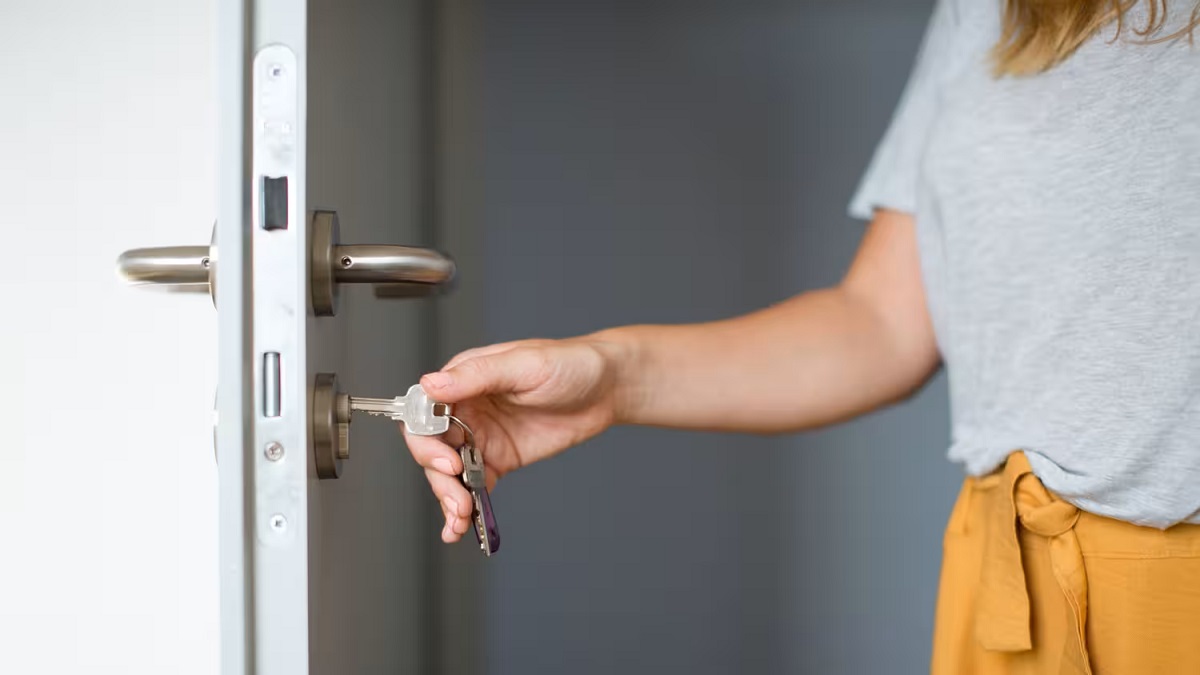
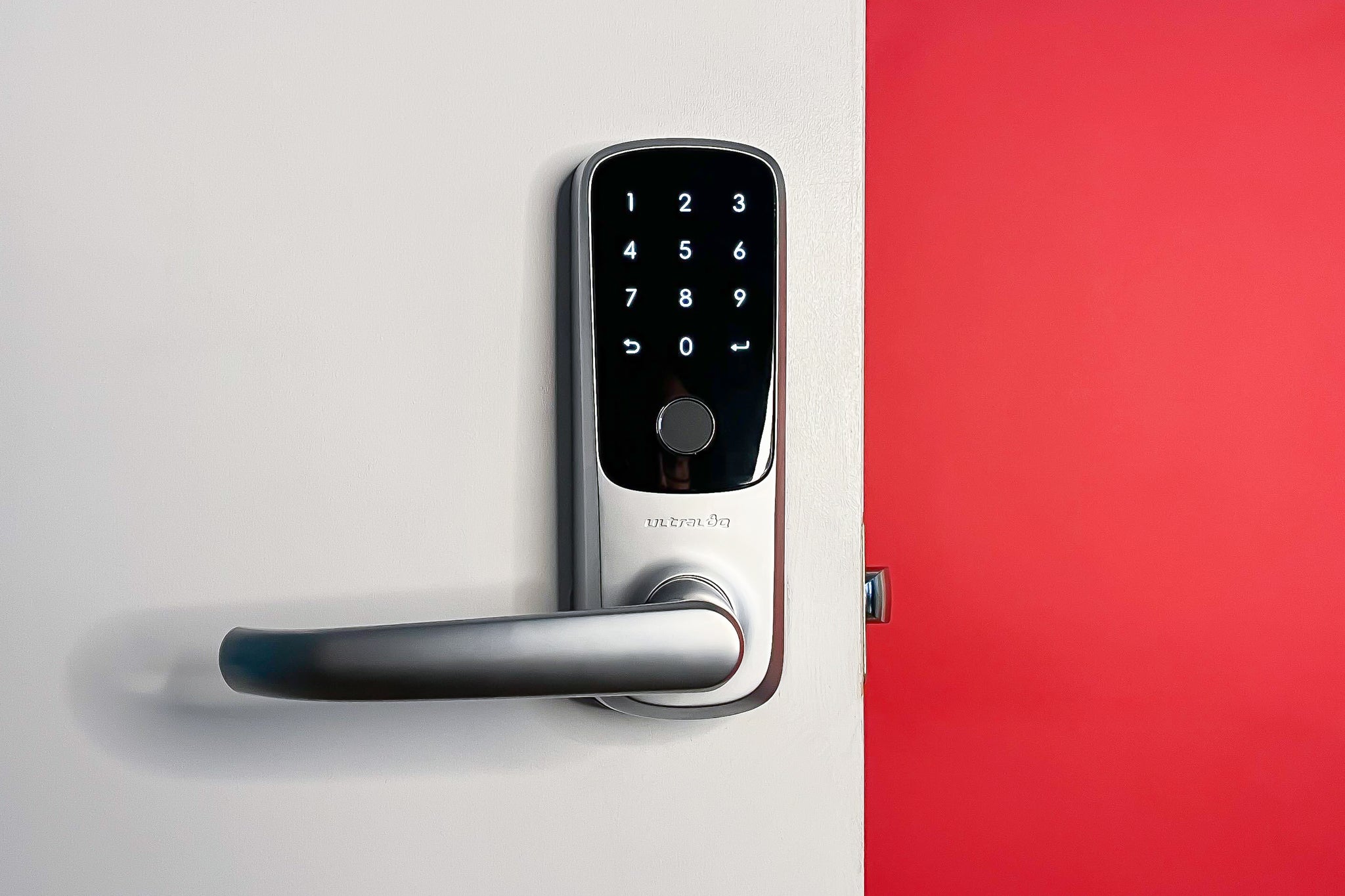
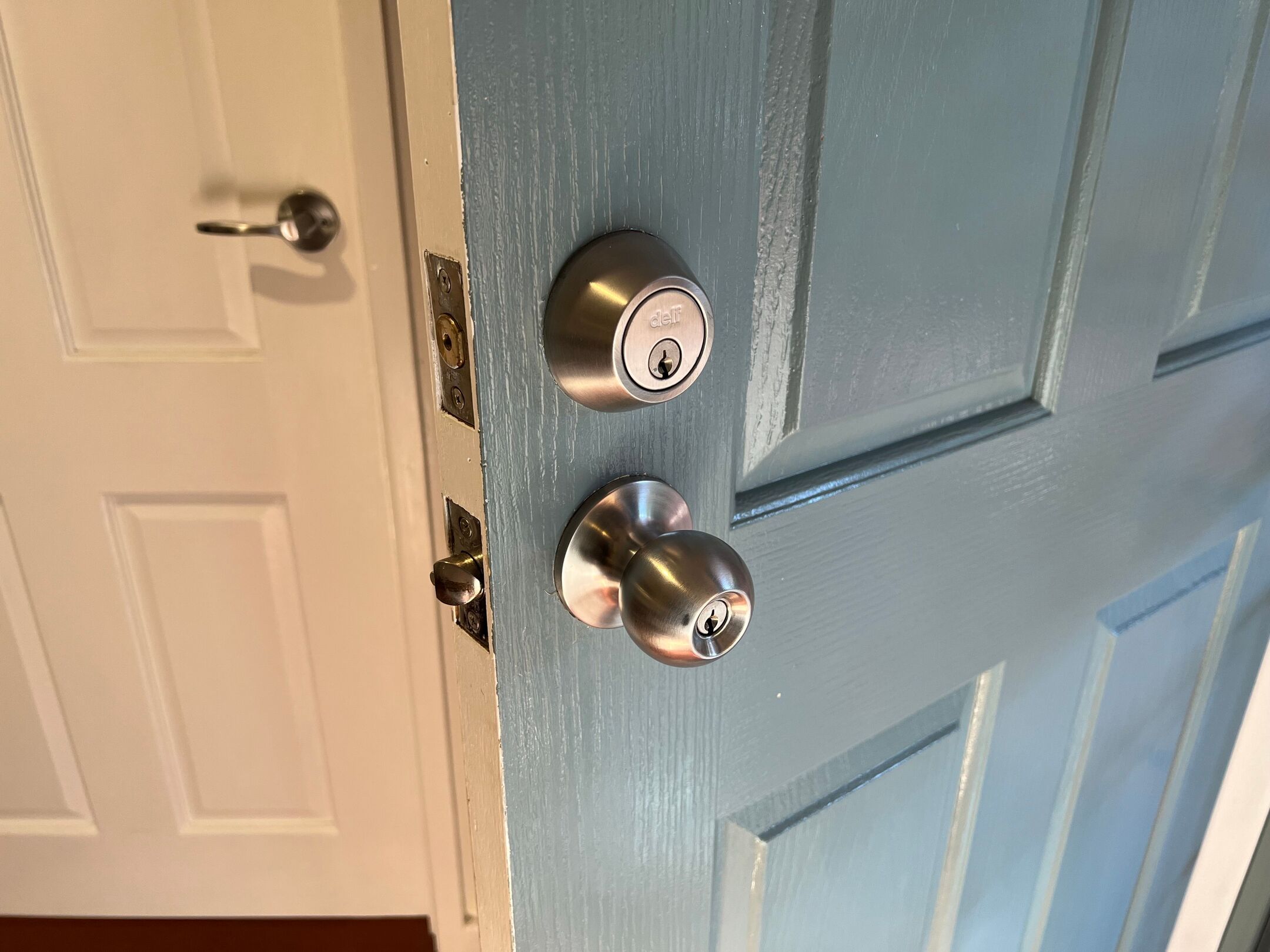
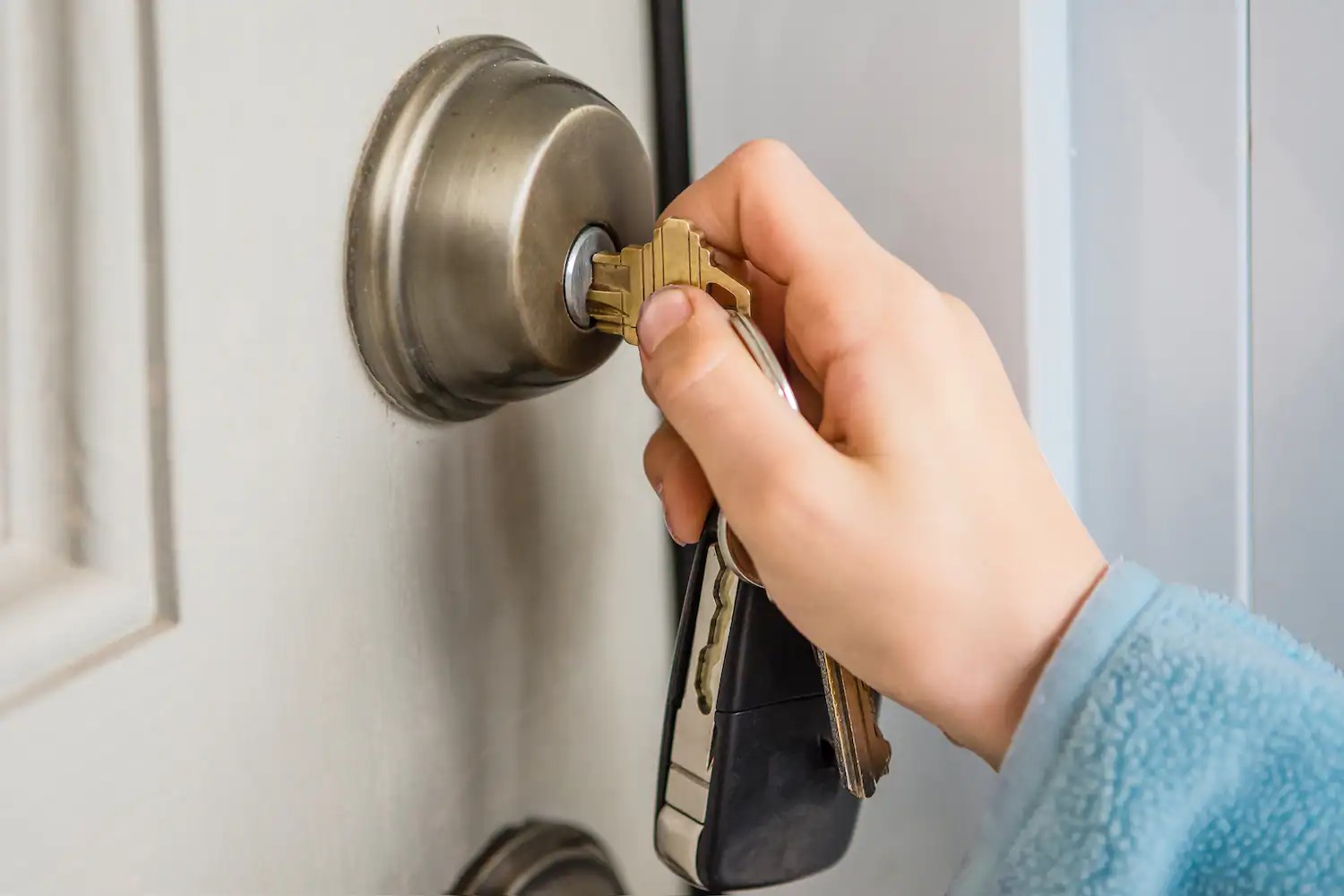
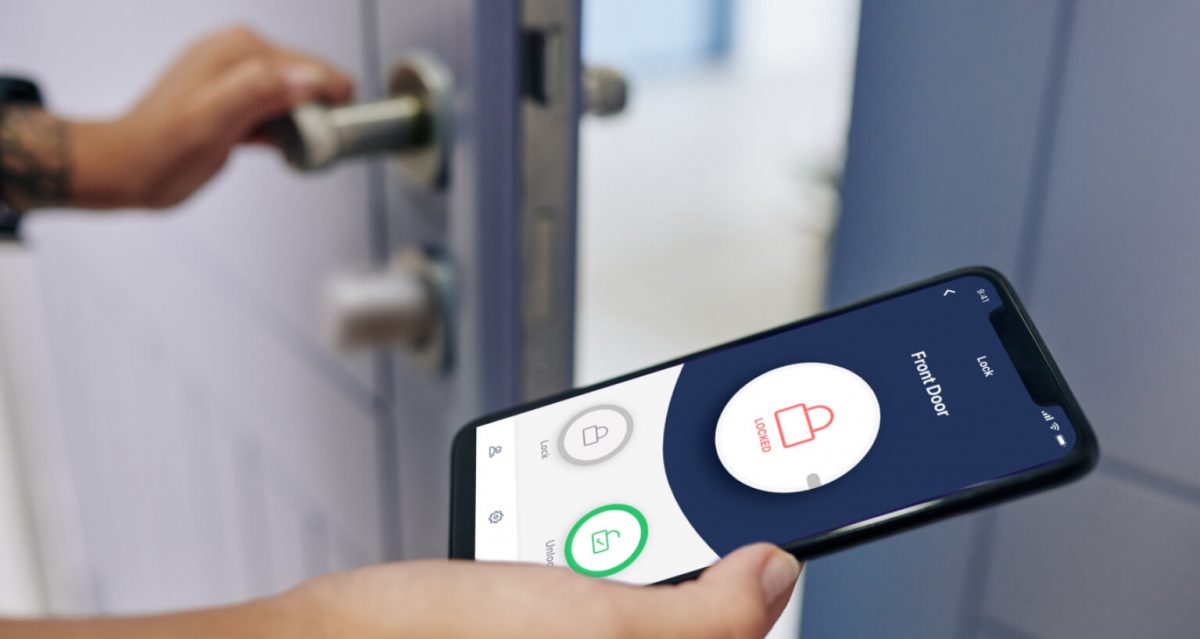
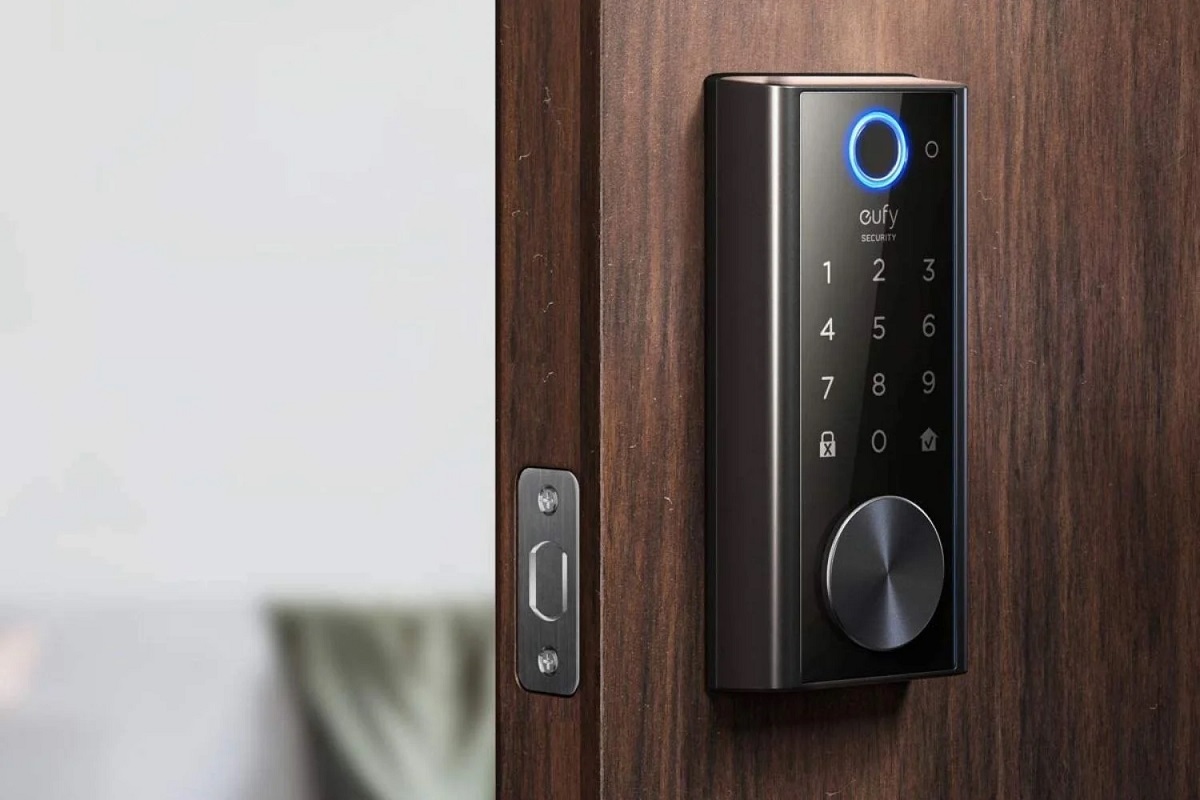
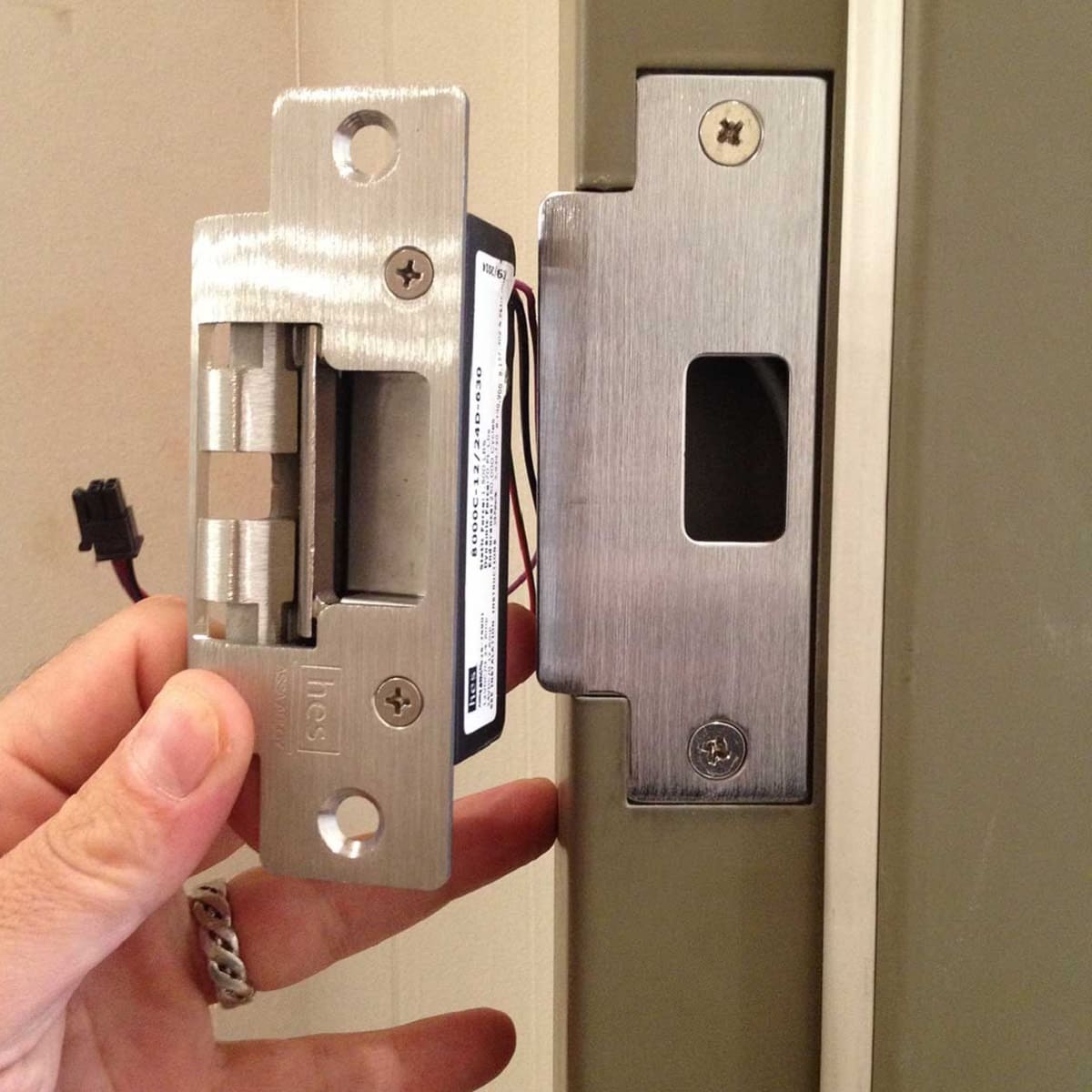
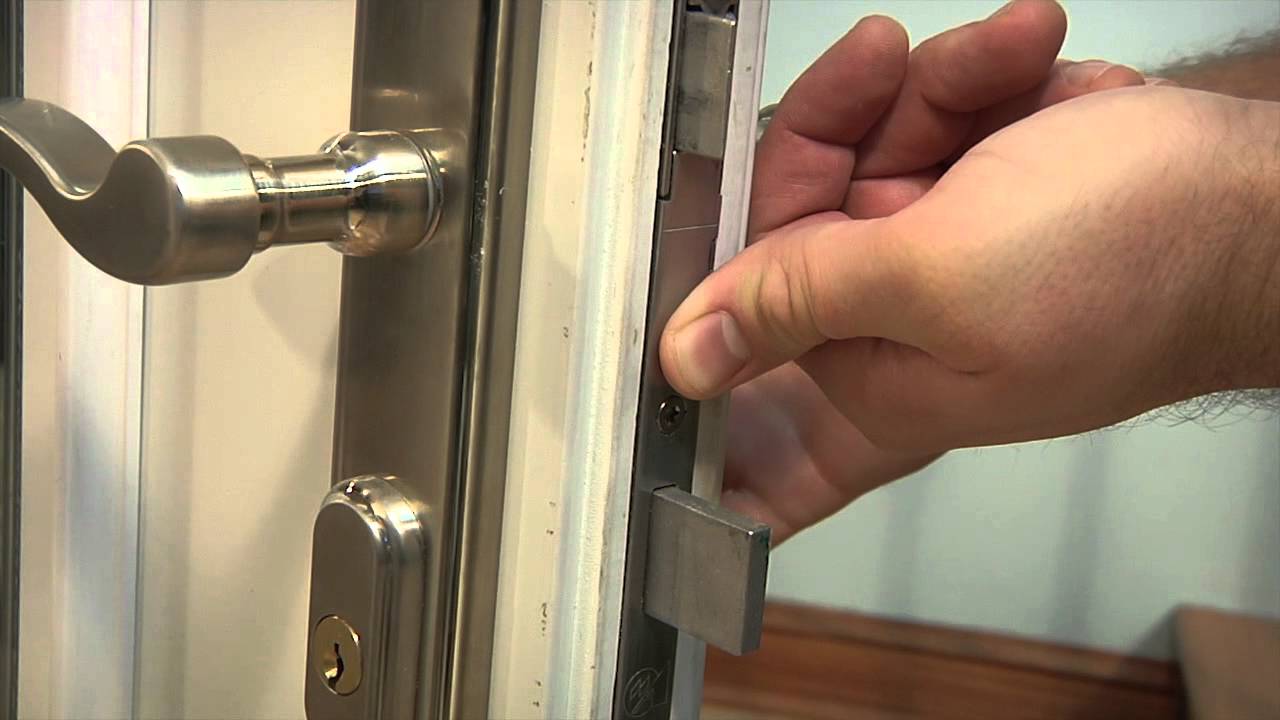
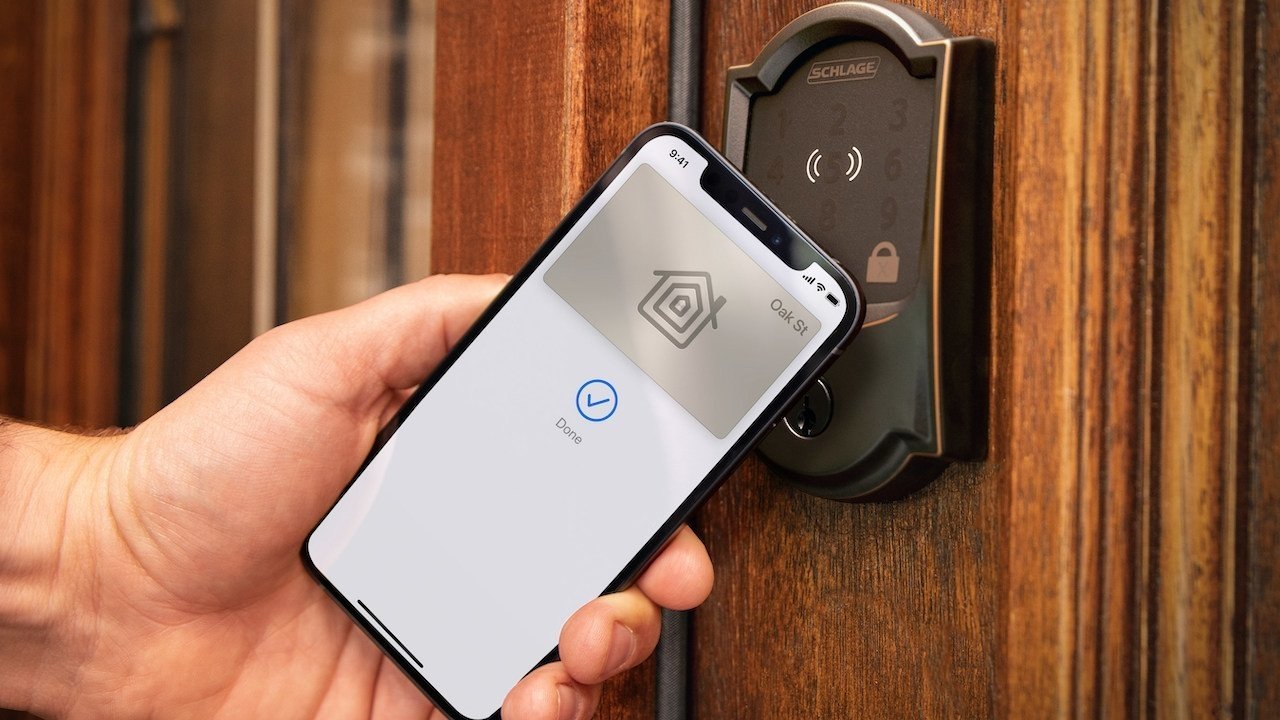
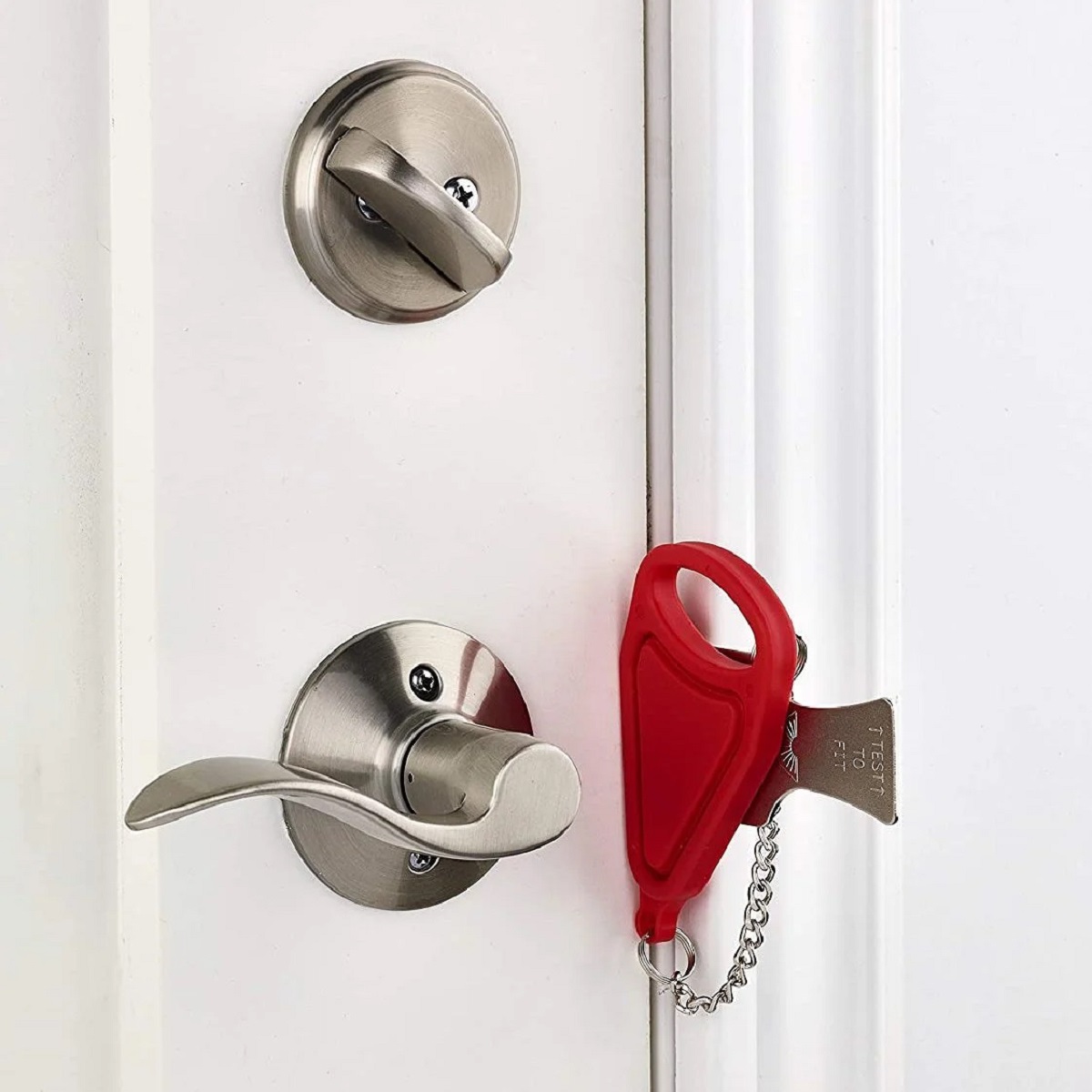
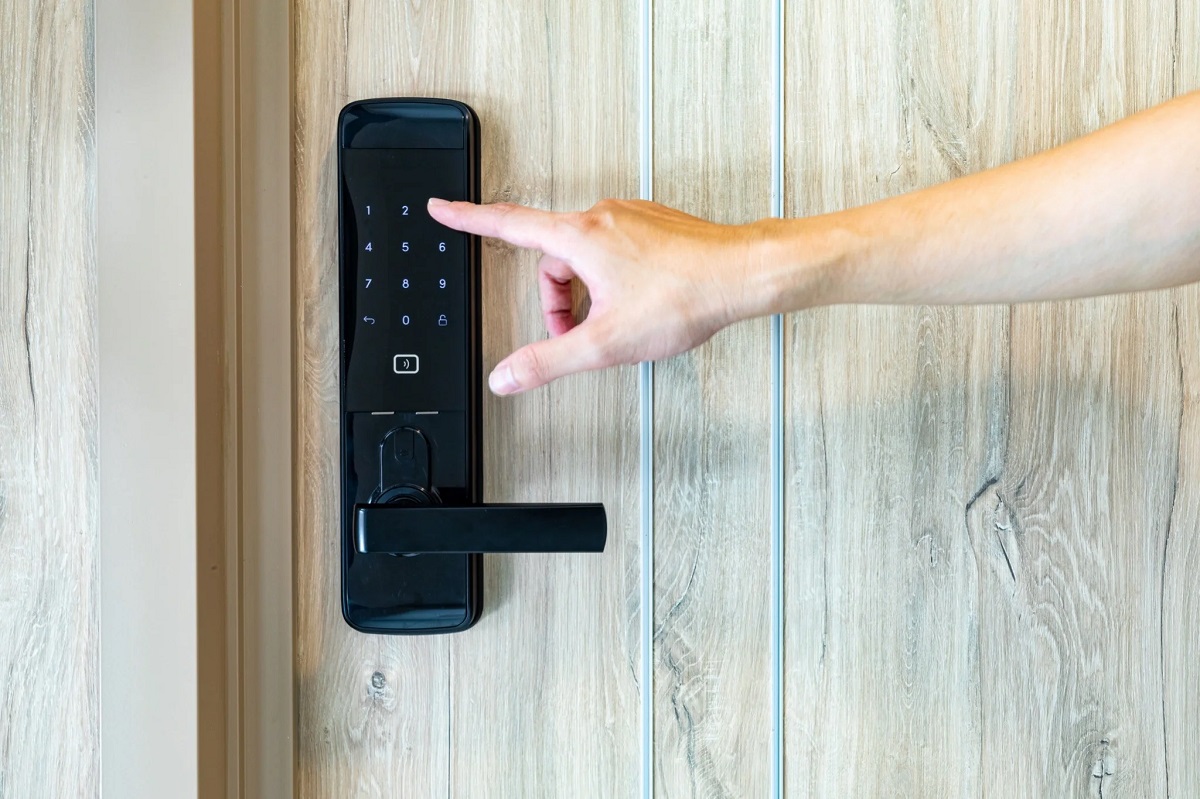
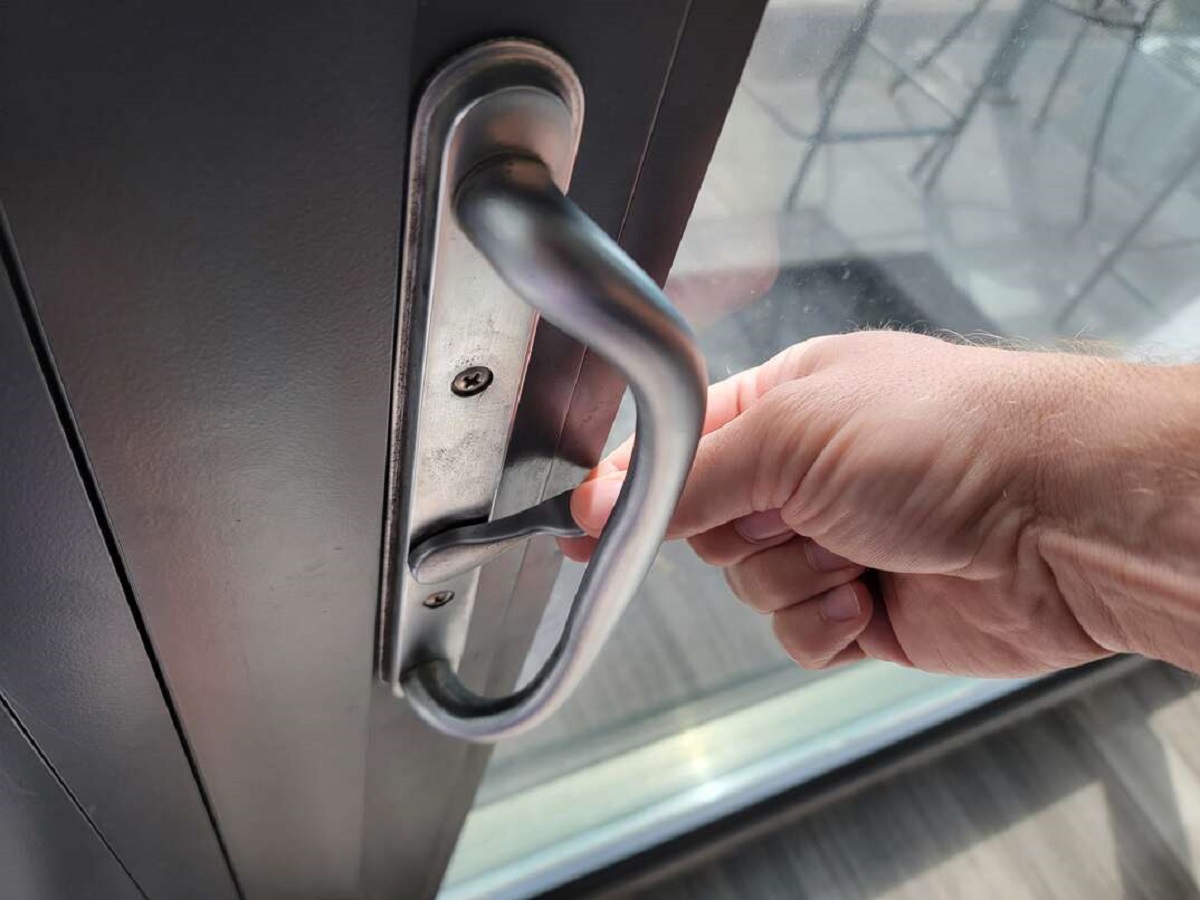
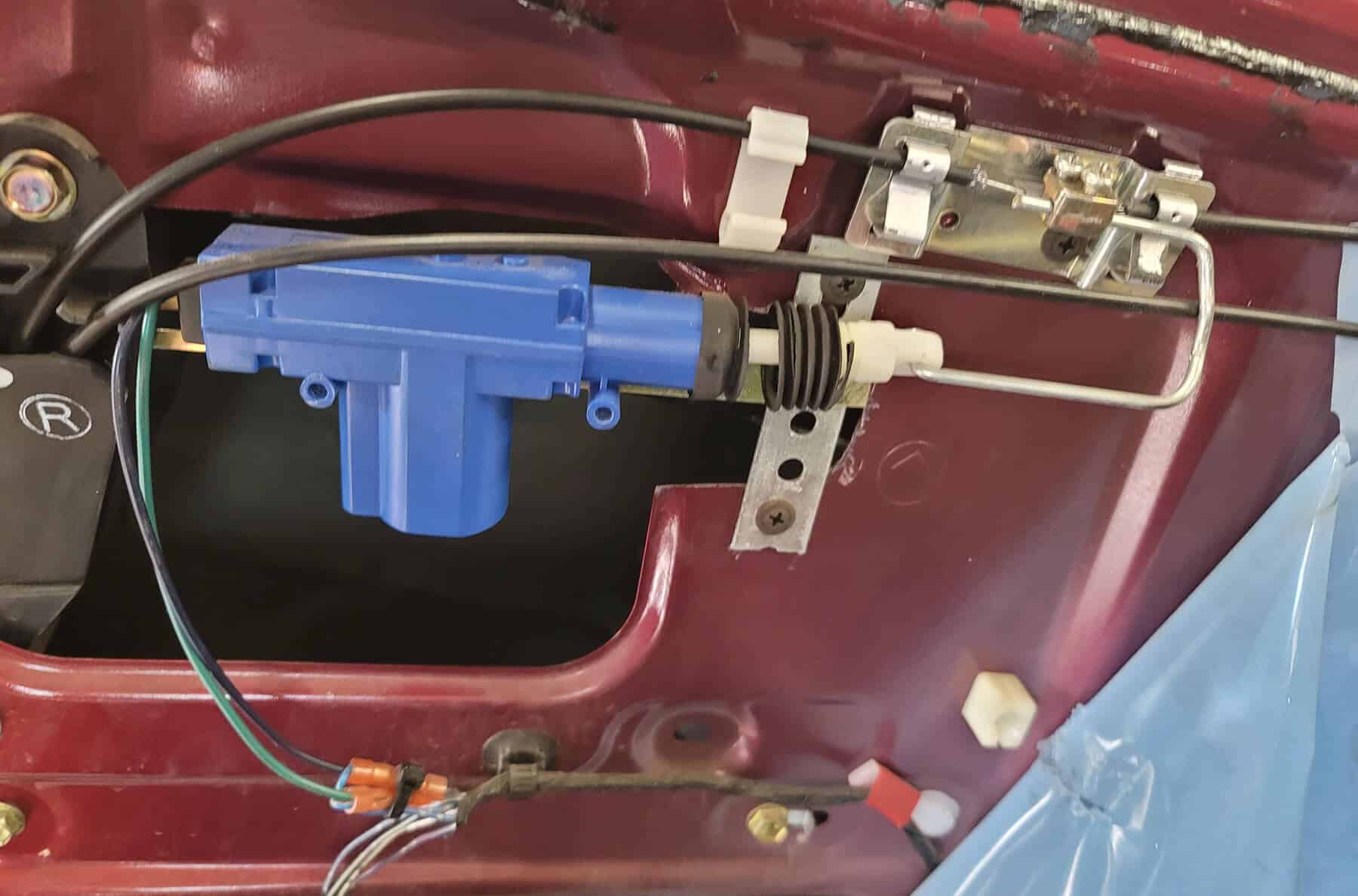
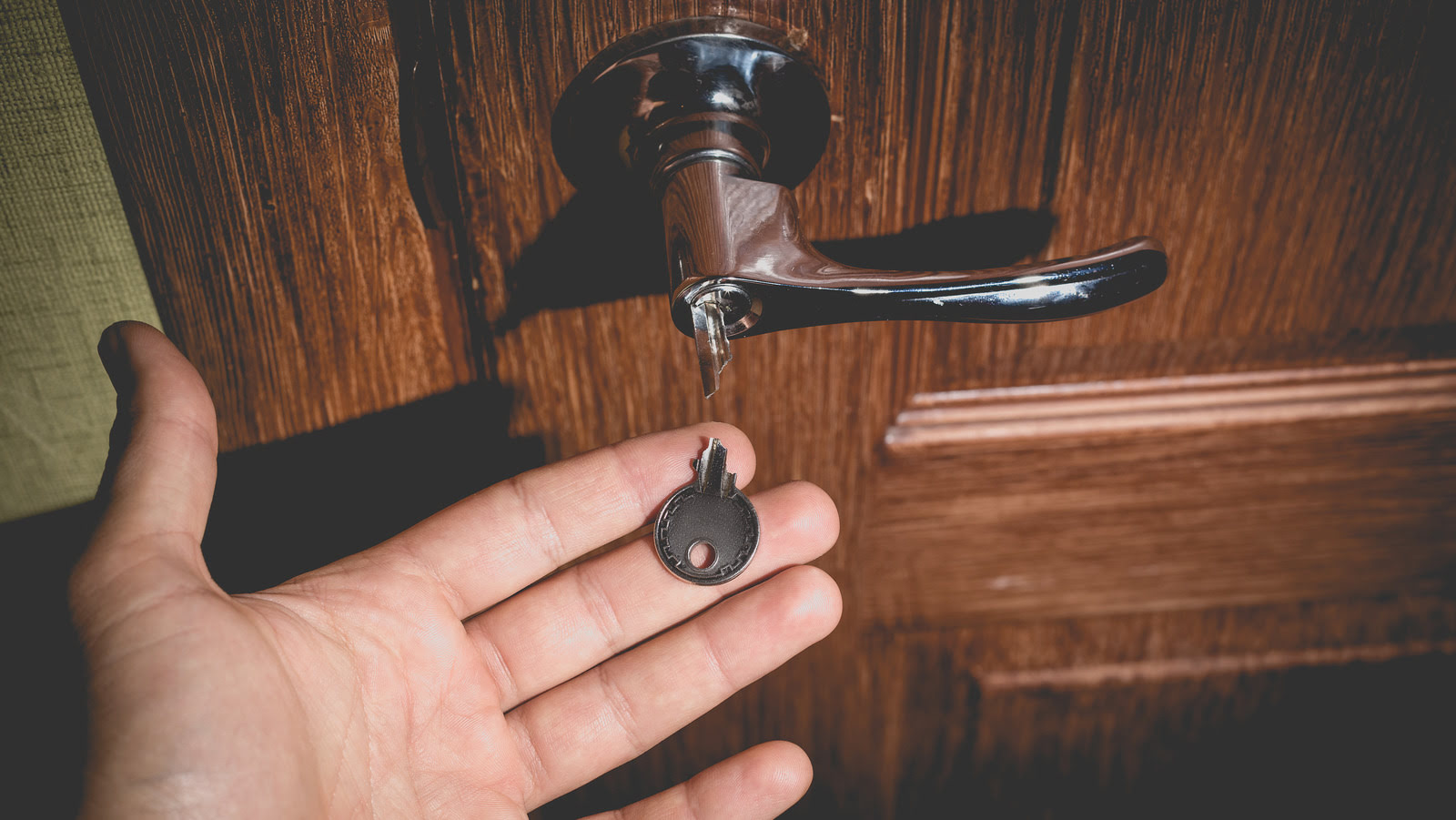

0 thoughts on “What Is A Thumb Lock For A Door”